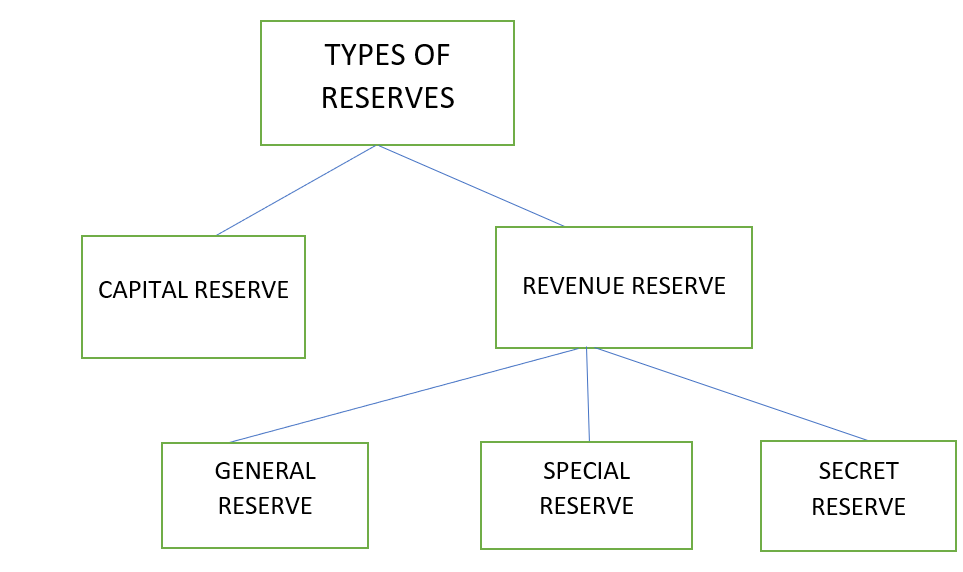Discount received is the reduction in the price of the goods and services which is received by the buyer from the seller. It is an income for the buyer and is credited to the discount received account and credited to the seller/supplier’s account. Journal entry for discount received as per modern ruRead more
Discount received is the reduction in the price of the goods and services which is received by the buyer from the seller. It is an income for the buyer and is credited to the discount received account and credited to the seller/supplier’s account.
Journal entry for discount received as per modern rules:
| Creditor’s A/c | Debit | Decrease in liability |
| To Cash A/c | Credit | Decrease in asset |
| To Discount Received A/c | Credit | Increase in income |
| (Being goods purchased and discount received) |
Discount allowed is the reduction in the price of the goods which is granted by the seller to the buyer on prompt payment of their account. It is an expense for the seller and is debited to the discount allowed account and credited to the buyer’s account.
Journal entry for discount allowed as per modern rules:
| Cash A/c | Debit | Increase in asset |
| Discount Allowed A/c | Debit | Increase in expense |
| To Debtor’s A/c | Credit | Decrease in asset |
| (Being goods sold and discount allowed) |
For example, A Ltd. offers a 10% discount to the customers who settle their debts within two weeks. Mr.B a customer purchased goods worth Rs.20,000.
According to modern rules, A Ltd will record this sale as:
| Particulars | Amt | Amt |
| Cash A/c Dr. | 8,000 | |
| Discount Allowed A/c Dr. | 2,000 | |
| To Mr.B’s A/c | 10,000 |
Mr.B will record this purchase as:
| Particulars | Amt | Amt |
| A Ltd A/c Dr. | 10,000 | |
| To Cash A/c | 8,000 | |
| To Discount Received A/c | 2,000 |
For a business, the discount received is an income, and the discount allowed is an expense. In the above example, A Ltd has granted a discount and B is the receiver of the discount. Hence, for A Ltd discount allowed is an expense and for B discount received is an income.
See less




Definition Bad debts are a debt owed to an enterprise that is considered to be irrecoverable or we can say that it is owed to the business that is written off because it is irrecoverable. Bad debts will be treated in the following ways : On the debit side of the profit and loss account. In the curreRead more
Definition
Bad debts are a debt owed to an enterprise that is considered to be irrecoverable or we can say that it is owed to the business that is written off because it is irrecoverable.
Bad debts will be treated in the following ways :
On the debit side of the profit and loss account.
In the current assets side of the balance sheet, these are deducted from sundry debtors.
For example loans from banks are declared as bad debt, sales made on credit and amounts not received from customers, etc.
Now I will show you an extract of the profit and loss account and balance sheet
Current assets are defined as cash and other assets that are expected to be converted into cash or consumed in the production of goods or the rendering of services in the ordinary course of business.
For example, debtors exist to convert them into cash i.e., receive the amount from them, bills receivable exist again for receiving cash against it, etc.
Current liabilities are defined as liabilities that are payable normally within 12 months from the end of the accounting period or in other words which fall due for payment in a relatively short period.
For example bills payable, short-term loans, etc.
Accounting treatment
Now let me try to explain to you the accounting treatment for bad debts which is as follows :
Reasons for bad debts
There are several reasons why businesses may have bad debts some of them are as follows:-
Accounting methods
There are two methods for accounting for bad debts which are mentioned below:-
Related terms
So there are a few related terms whose meanings you should know
See less